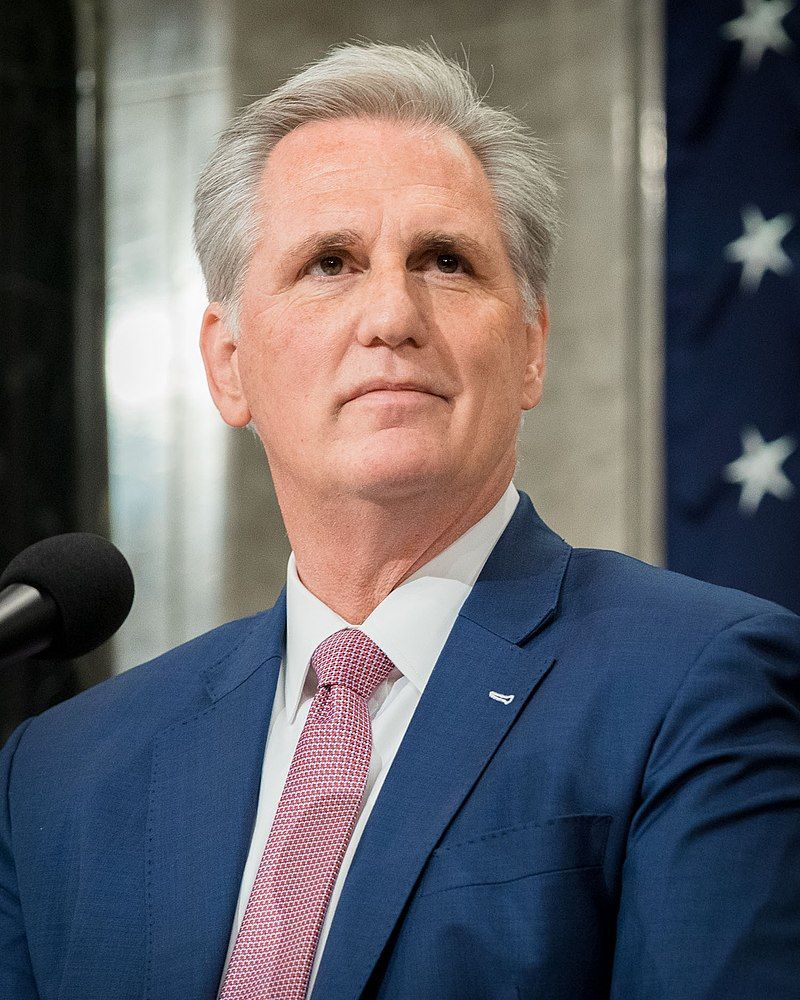A few days before Christmas, the top tier membership of the Irish government drove to Áras an Uachtaráin, official residence of the Irish president Michael D. Higgins, to trade in their old seals of office for new seals of office.
At the end of it all the top job, that of Taoiseach, went back to a former holder of that office, Leo Varadkar while outgoing Taoiseach, Micheál Martin, took on the role of Tanaiste (Deputy Prime Minister) and Minister for Foreign Affairs.
This was all by prior arrangement and part of an agreement between the three political parties that make up the current Irish government.
It was all very amicable. To some political observers it was actually rather dull and boring. Then again, no building was stormed.
Irish voters will have their say on this arrangement in 2025, assuming the government sees out its full term.
The Irish government is facing a variety of urgent matters that require, well, facing. Among them is a crisis in the health care sector, most especially with regard to hospital capacity, a crisis of homelessness and a housing and rentals market that is beyond the reach of an increasing number of people. There is Northern Ireland and all that comes with it together with Anglo-Irish relations. In the area of foreign policy there is the Russian war against Ukraine. And there is so much more.
Really, there is not a moment to be lost for a government that has its work cut out on so many fronts.
Yes, not a moment to be lost.
Over on this side of the ocean a lot of moments were lost last week as the House of Representatives presented itself to the world as the latest example of our dysfunctional politics.
What we witnessed was not the storming of a building, but rather the storming of political normalcy, indeed sanity.
And we for sure need normalcy, sanity and sense, for the work of the nation to proceed.
At one point in the proceedings, down the road from Washington, in Virginia, a six-year-old boy shot his teacher. Back up the road, however, it was all about the gavel, not the gun.
In the end, and after fifteen vote counts, Congressman Kevin McCarthy finally emerged as Speaker of the House. The man from California, who has family roots in Cork and Mayo, finally had his gavel.
So, well, finally off to work we go.
Well, hopefully. The road ahead in the House of Representatives has the look, from Speaker McCarthy's vantage point, of some old boreen in Cork or Mayo back in the time of his ancestors.
Nevertheless, Speaker McCarthy is now in charge of one of the houses in America's bicameral federal legislature and in that context we can only wish him the very best of Irish luck.
And in an Irish context it will be important to see how the new Republican majority in the House approaches the matters of Brexit, transatlantic trade, the Irish Sea Protocol, and Legacy issues in the coming months.
If not before then, we should have a clear enough picture by St. Patrick's Day when Speaker McCarthy, as per tradition, hosts the Speaker's Lunch for visiting Irish leaders.
Meanwhile, during last week's display of raw and raucous politics the American people were treated to varied views of the House chamber and its inhabitants by way of the C-Span political network, a non-profit TV service that dates back to 1979.
Ordinarily, when the House is in order, literally and metaphorically, C-Span is required to broadcast under strictures laid out by the majority party. That usually means that its cameras have limitations on what they can show.
As the House was not in order last week C-Span was able to turn its cameras this way and that. It was coverage akin to the kind applied to a golf tournament and it was both entertaining and informative. C-Span should be allowed to retain this freedom to roam. It would draw in more viewers and better educate Americans on the workings of Capitol Hill, and the work of their elected representatives.
C-Span, nota bene, has an extensive archive library and it includes the 1992 Irish American Presidential Forum, a gathering in Manhattan that would turn out to be the starting point for Bill Clinton's later forays into Northern Ireland.









